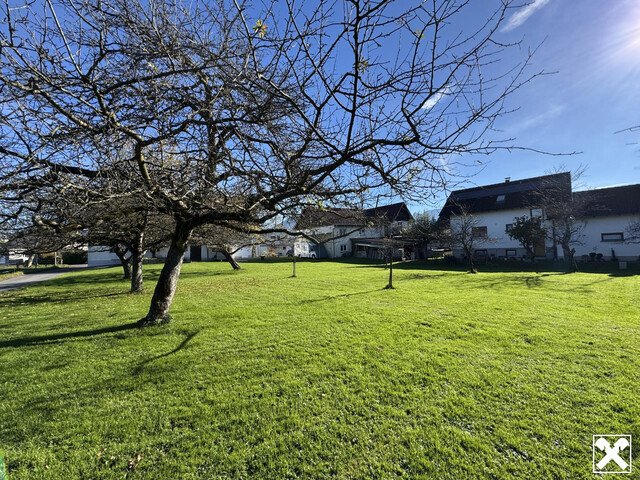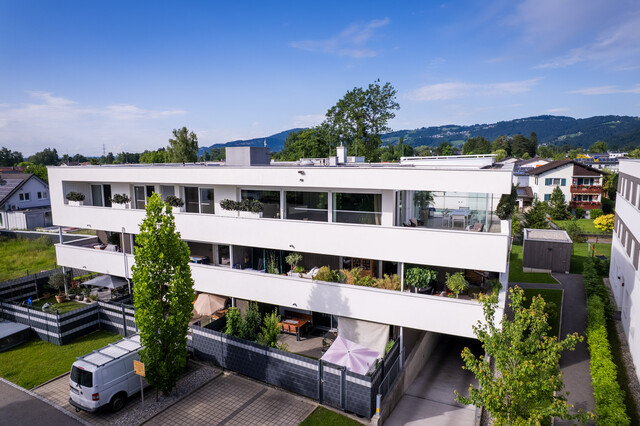Wolves: Changes Planned in Lower Austria

Through an amendment to the hunting law, the criteria for wolf shootings in Lower Austria are being simplified. This affects cases of approaches to settlements or attacks on properly protected livestock. Scaring and repelling will generally be allowed without prerequisites in the future, emphasized Deputy Governor Stephan Pernkopf (ÖVP) on Monday in St. Pölten. The planned amendment also brings changes regarding night vision aids and the use of drones.
Regarding the wolf, the existing EU legal scope will now be utilized. The reduction in protection status has been a long-standing demand, which was also personally discussed with EU Commission President Ursula von der Leyen in Brussels, Pernkopf told journalists.
For the scaring and repelling of wolves, there were previously precisely regulated application cases in the state, which are now being removed. For shootings, the following will apply in the future: "A single border crossing, then it can already be taken," said the Deputy Governor. The killing by hunters will be possible already at the first approach of a wolf to settlements or the first attack on properly protected livestock. The prerequisite for this is that a prior scaring or repelling attempt has been unsuccessful. Formally, the wolf will be anchored in the hunting law in Lower Austria as game with a year-round closed season. Exceptions exist here for "problem wolves."
Lower Austria: Recent Wolf Shootings
The wolf monitoring, which is intended to be comprehensive in its final stage, will continue, outlined State Hunting Master Christoph Metzker. The goal is to obtain precise data to also guarantee scientific support. There will also continue to be compensations for livestock attacks and support for protective fences. "Many areas, however, cannot be protected despite measures," emphasized Johannes Schmuckenschlager, President of the Lower Austrian Chamber of Agriculture. Currently, an estimated 30 to 50 wolves are roaming in Lower Austria. In two cases, there were recent shootings based on existing regulations, in September and October, each in the Zwettl district.
Drones and Night Vision Aids
The amendment of the hunting law also enables the use of drones to rescue young wildlife or to assess wildlife populations and damage. Fields and meadows can be flown over with drones with the consent of the authorized hunter, for example, to save young roe deer from death or to observe animal populations. Insights for care and maintenance can also be derived from this.
There is also an expansion in the permitted night vision aids. These have proven effective in disease prevention in wild boar for years and will now also be used for foxes, stone martens, and other fur-bearing predators, it was emphasized. This strengthens the protection of ground-nesting birds, field hares, and other animals. There is hope to curb diseases such as mange or the fox tapeworm. The golden jackal is also included in the law, with a closed season from April to June.
The amendment is to be passed in the state parliament on November 20. The new regulations, welcomed equally by hunters and the Chamber of Agriculture, will come into effect in January next year.
WWF Criticizes
Criticism of the proposed change to the rules for wolf culling came immediately from the WWF on Monday. "These plans clearly contradict European legal requirements," said Christian Pichler, an expert from the conservation organization. It was criticized that no official approval is required for culling. This lacks "any professional and legal basis" and opens the door to "arbitrary killings."
(APA/Red)
This article has been automatically translated, read the original article here.
Du hast einen Hinweis für uns? Oder einen Insider-Tipp, was bei dir in der Gegend gerade passiert? Dann melde dich bei uns, damit wir darüber berichten können.
Wir gehen allen Hinweisen nach, die wir erhalten. Und damit wir schon einen Vorgeschmack und einen guten Überblick bekommen, freuen wir uns über Fotos, Videos oder Texte. Einfach das Formular unten ausfüllen und schon landet dein Tipp bei uns in der Redaktion.
Alternativ kannst du uns direkt über WhatsApp kontaktieren: Zum WhatsApp Chat
Herzlichen Dank für deine Zusendung.








